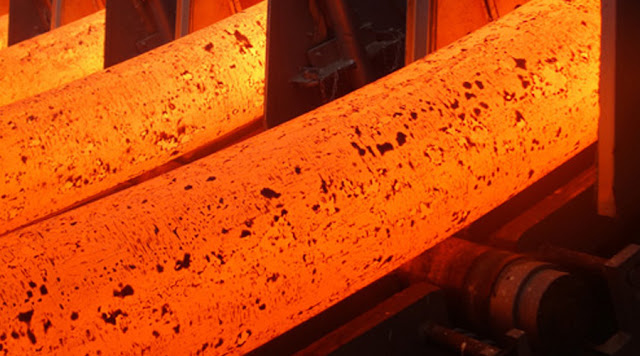Breakout In Billet Continuous Casting Process
Continuous casting is a method widely used in the metal industry to produce high-quality billets, which are semi-finished metal products in the form of elongated rods.
Continuous casting involves pouring molten metal into a water-cooled mold, where it solidifies and is continuously drawn out in a continuous fashion. This method has completely changed the metal industry, replacing the traditional ingot casting method, and has many advantages such as improving product quality, reducing energy consumption, and improving production efficiency.
Breakout In Billet Continuous Casting Process
In the past two years, due to the development of the steel industry, metal smelting equipment has been in great demand, and the billet continuous casting process has made major breakthroughs, which is expected to achieve better results in terms of quality and productivity. Researchers continue to develop, study, and innovate various novel mold designs to improve and improve problems encountered in the past, which can solve some limitations of the existing continuous casting process.
One of the key challenges during continuous casting is the formation of surface defects in the billet, such as cracks, surface wrinkles and irregularities. These defects can seriously affect the mechanical properties and surface finish of the final product.
To overcome this problem, the researchers introduced a new mold design that combines an improved cooling system with advanced surface treatment technology.
The new mold design includes a combination of water-cooled copper plates and ceramic inserts. The copper plates help extract heat quickly from the molten metal, ensuring an even solidification process. Ceramic inserts, on the other hand, prevent direct contact between the copper plate and the molten metal, thereby reducing the risk of mold sticking and surface defects.
In addition, HANI engineers also thought of adding a surface coating to the mold to further improve the surface quality of the blank. The coating is made from a special refractory material that provides excellent thermal insulation and minimizes heat transfer to the mold. As a result, the molten metal solidifies more slowly, allowing for better control of the solidification process and reducing the likelihood of surface defects.
In addition, the new mold design allows for better control of the cooling rate during casting. By regulating water flow and temperature in different parts of the mold, researchers can optimize the solidification process and reduce the formation of internal defects, such as pores and segregation.
A breakout in billet casting process has the potential to revolutionize the metals industry again. Continuously improved mold designs are more capable of producing blanks with excellent surface quality and mechanical properties to meet the growing needs of the steam metal smelting industry.
In addition, the new mold design results in significant energy savings and increased production efficiency. An optimized cooling system reduces overall energy consumption while improving control of the solidification process, allowing for higher casting speeds without compromising product quality. This means higher productivity and lower manufacturing costs, making the process more economically viable.
In short, breakout in billet continuous casting process will have a considerable impact on continuous casting machine equipment and the metal smelting industry. With its potential to save energy and increase production efficiency, this breakthrough will reshape the way steel billets are produced, benefiting various industries and driving further advancements in metal casting.
E-mail: saleswn@hanrm.com / inquiry66@hanmetallurgy.com (Daisy Zhai)
Tel / Whatsapp / Wechat: 0086 17791213533
Xi'an Hani Tech Co., Ltd.



Comments
Post a Comment